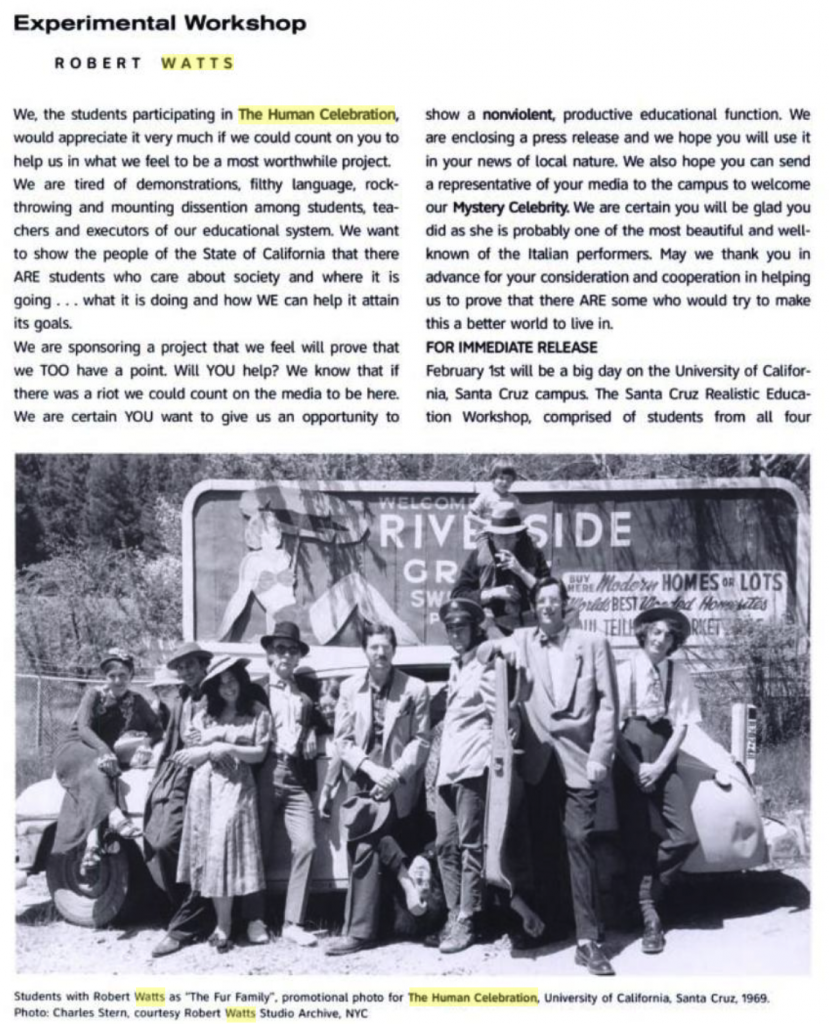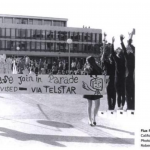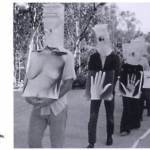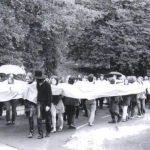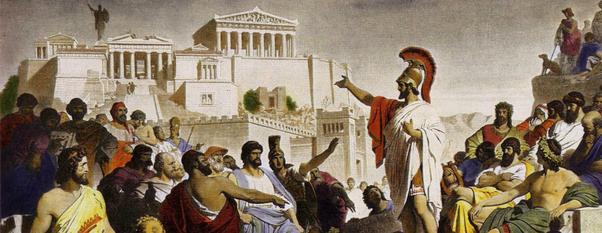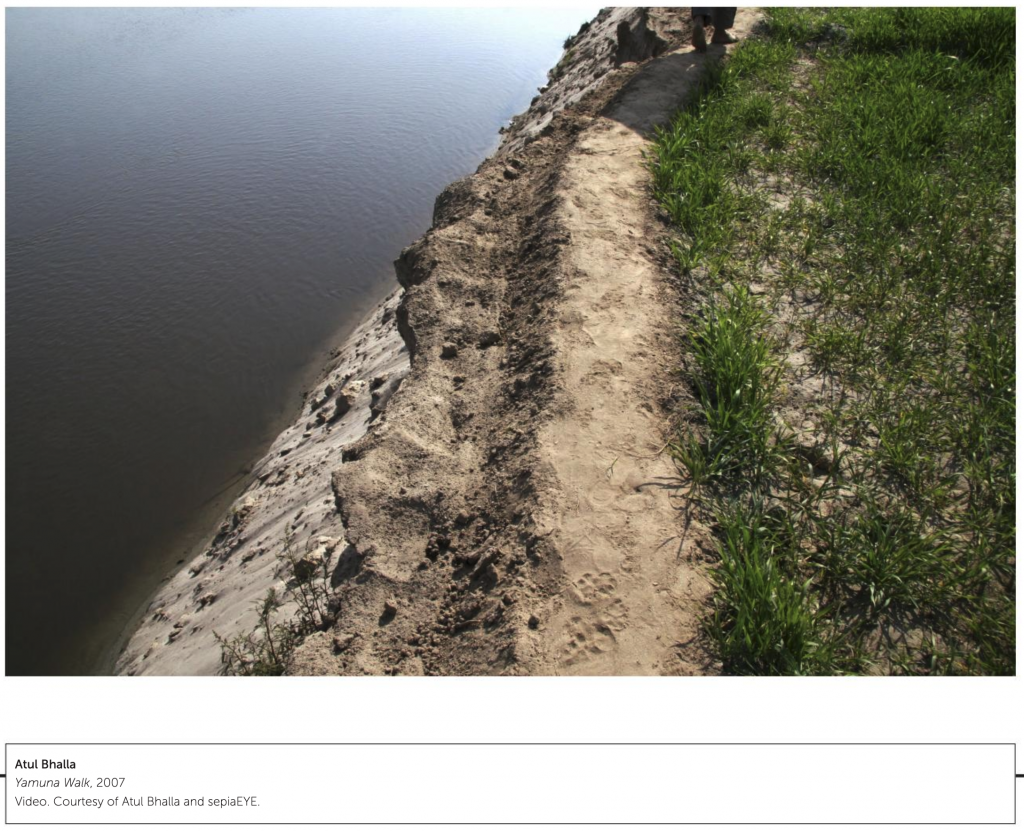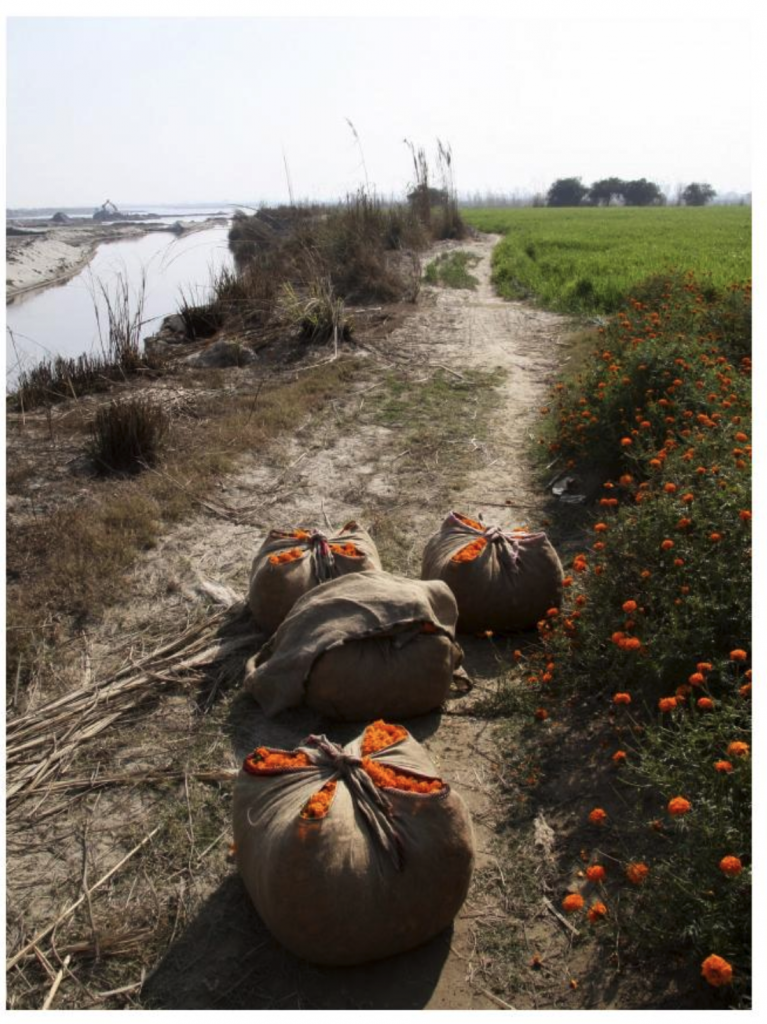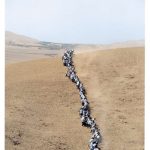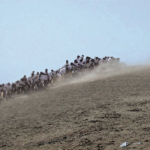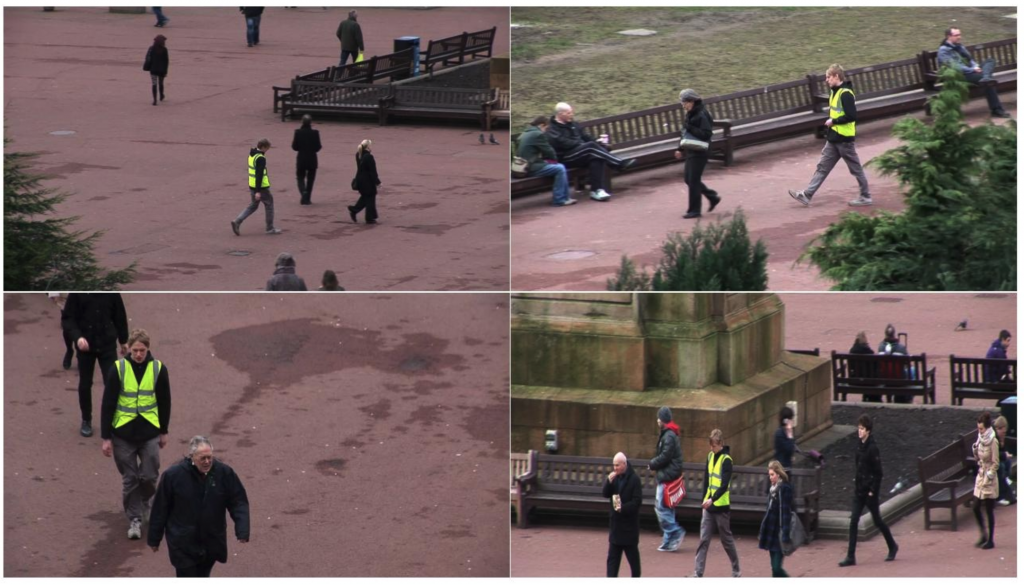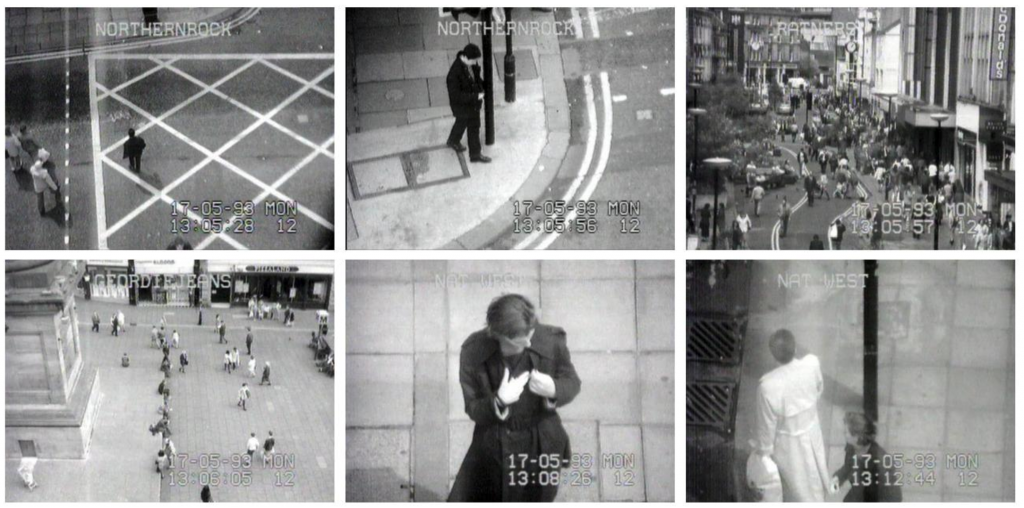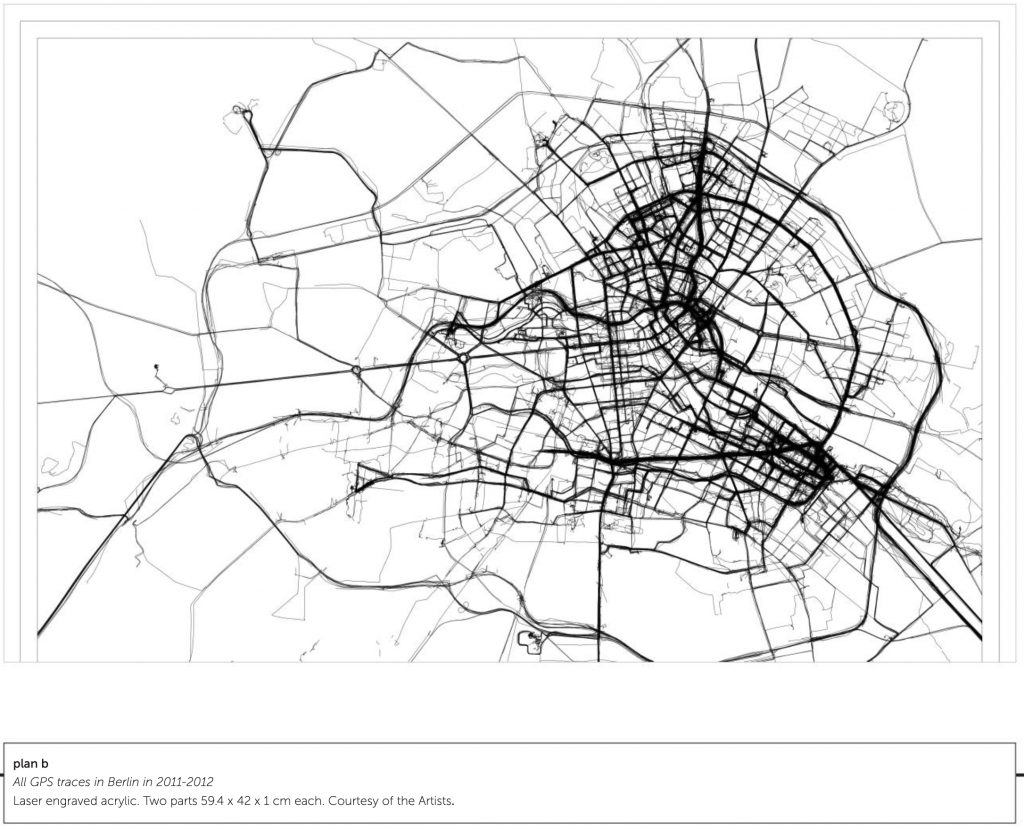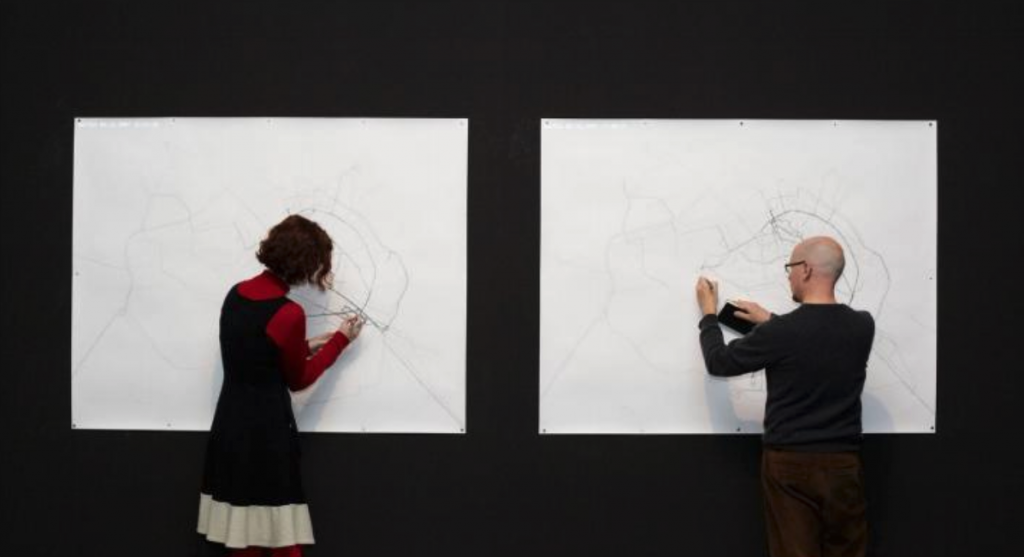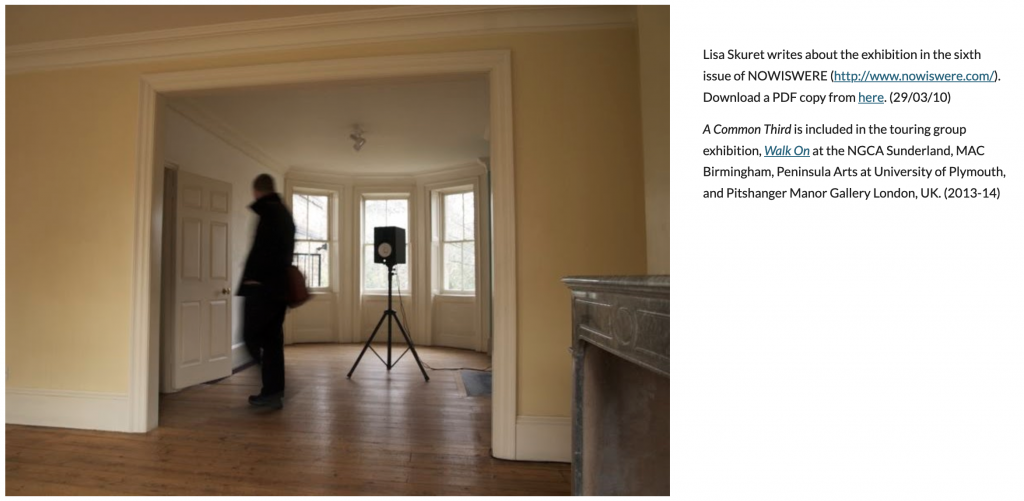-
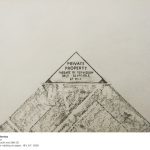
-
Francisca Benitez – Property LIne Park Ave South and 28th St
-
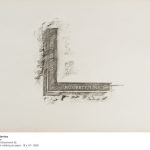
-
Francisca Benitez – Property LIne King St and Greenwich St
-
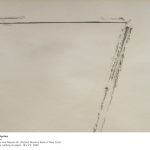
-
Francisca Benitez – Property LIne Maiden Lane and Nassau St Federal Reserve Bank of NY
-
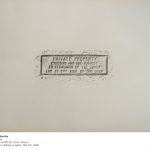
-
Francisca Benitez – Property Line Park Ave and 54th St Lever House
[credit]
76 floor rubbings
made on the sidewalks of New York
18″ x 24″, graphite on paper, 2008
Edition of 3
There are seventy rubbings in the series and they were installed as a grid on the wall, with varying dimensions depending on the location. The simple act of tracing in this set of walking-based drawings asks questions about borders, public versus private space, and how people mark space.
—
“Francisca Benitez (b. 1974, Chile) lives and works in New York. Recent solo exhibitions include Cuchifritos Gallery + Project Space, New York (2014); Museo de Artes Visuales, Santiago, Chile (2013); Die Ecke, Santiago, Chile (2011); and Nada.Lokal, Vienna, Austria (2009). Notable group exhibitions include Mapping Brooklyn, Brooklyn Historical Society and BRIC House, Brooklyn (2015); Efemérides, Museo Histórico Nacional, Santiago, Chile (2014); Pier 54, High Line Art, New York (2014); One Minute Film Festival 2003 – 2012, MASS MoCA, North Adams, Massachusetts (2013); The Street Files, El Museo del Barrio, New York (2011); and Contaminaciones Contemporáneas, Museu de Arte Contemporánea da USP, Sao Paulo, Brazil (2010). Her work has been featured in major international exhibitions including the Bienal de la Habana, Cuba (2015); Lisbon Architecture Triennale, Portugal (2013) the Beijing Biennale, China (2009); and the LA Frewaves 10th biennial of film, video and new media, Los Angeles (2006).” (credit)
